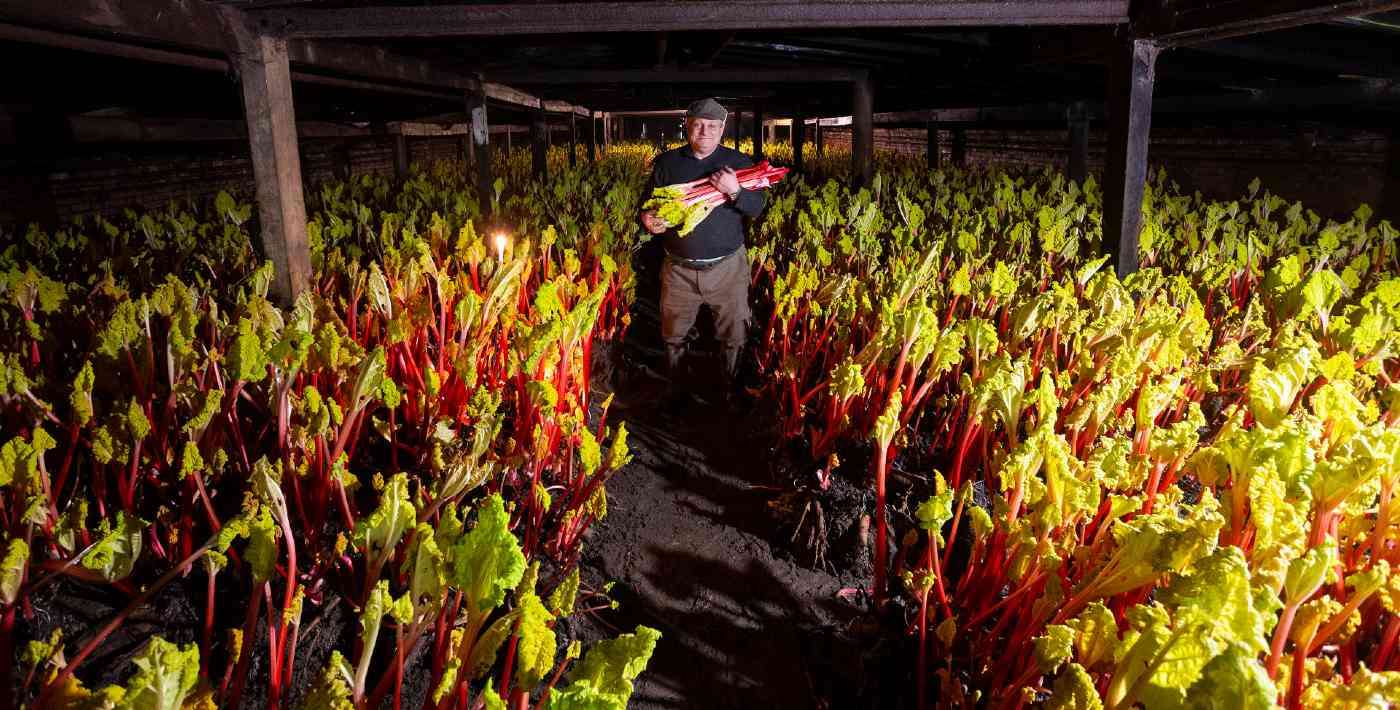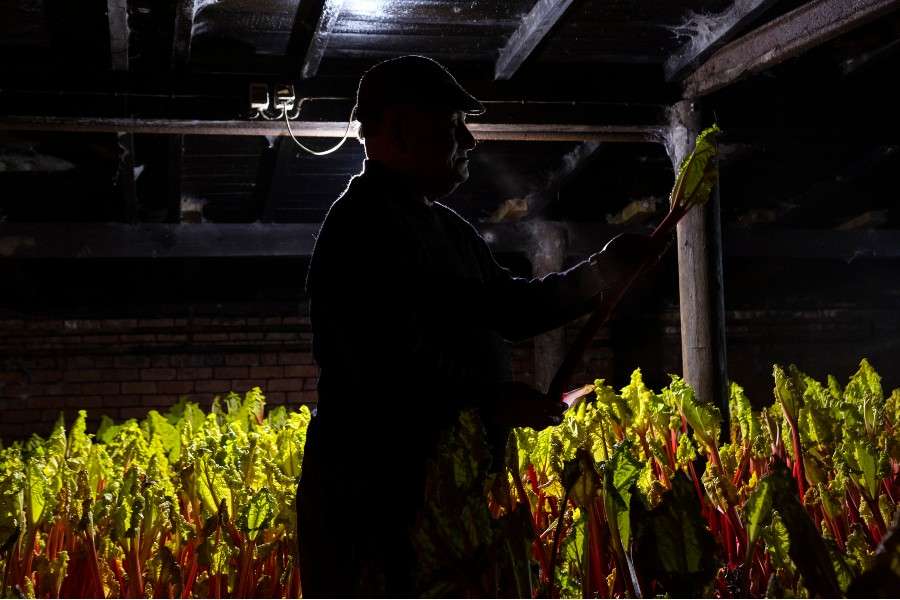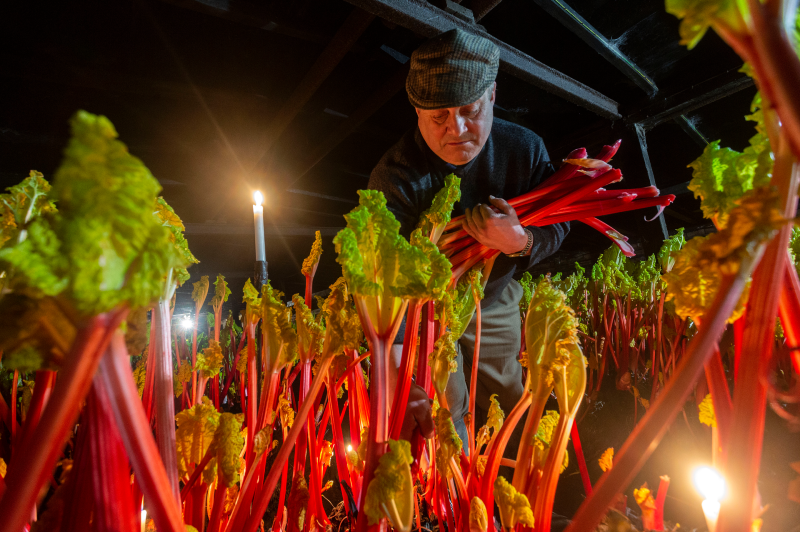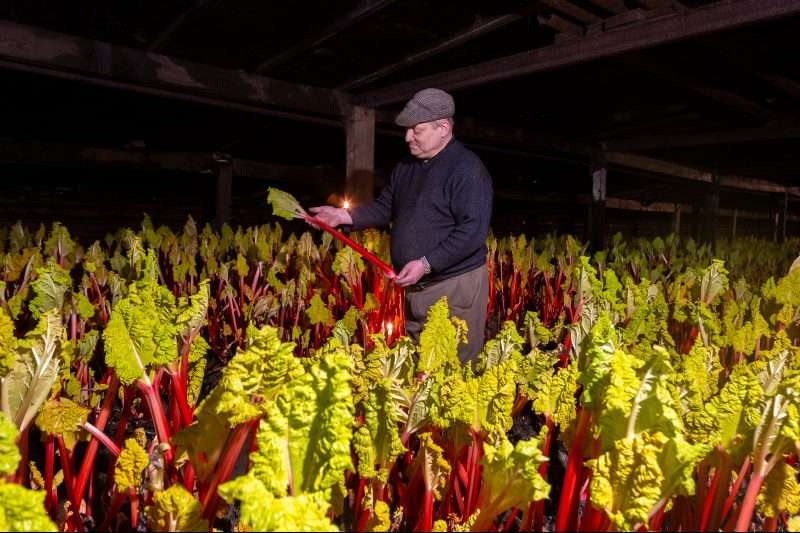New Zealand Designer Makes Ingenious Solar-Powered Skylight That Desalinates Water For Drinking
Powering LED light, purifying salt water, and utilizing solar power, Henry Goglau's solar desalination still is a Lexus Design Award finalist.

A centuries-old tradition of harvesting rhubarb by candlelight has been captured in this series of otherworldly photographs.
Farmer Jonathan Westwood's great-great-uncle started the tradition of harvesting winter-forced rhubarb in the north of England in 1870.
Now 59-year-old Jonathan is the latest in his family to grow rhubarb in a nine-mile-squared area dubbed Yorkshire's ‘Rhubarb Triangle'.
He took over the reigns of the business from his father 15 years ago and painstakingly picks the vegetables by hand, in candlelight, after a unique growing process.
The rhubarb is left in fields for two years without being harvested—with all sugars kept within the root.
The farmer then moves the crop into pitch-black sheds. In such conditions, all of the energy of the plant is aimed into the stalk—creating a much sweeter taste than usual.

To ensure they're unable to photosynthesize, the rhubarb gets picked using the very lowest lighting conditions—by candlelight, with the doors closed.

Few farms continue to grow rhubarb is this time-honored way, but the method is much-esteemed by foodies, with over 300 tonnes of the rhubarb being sent to high-end grocery stores each season—and even to Buckingham Palace, and potentially, the Queen's plate.
It's believed that West Yorkshire once produced 90% of the world's winter-forced rhubarb from the forcing sheds within the Rhubarb Triangle.

What's produced at those farms today is protected under the European Commission's Protected Designation of Origin (PDO), just as other regional delicacies—such as French Champagne and Italian Parma ham—is.
SHARE The Candlelit Rhubarb Method With All the Cobbler Fans in Your Life…
Be the first to comment